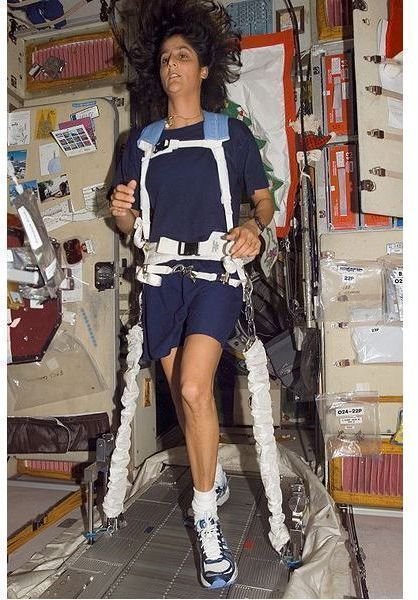3 Facts About the International Space Station - Understanding Daily Life, Dangers and Politics Aboard the ISS
Life Aboard The ISS
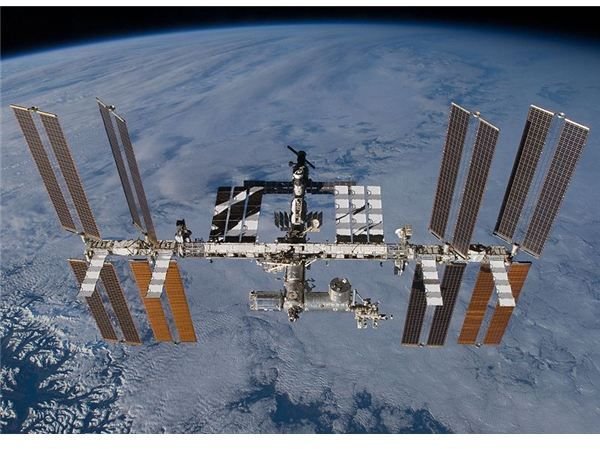
The first of these 3 facts about the International Space Station involves the habits of the crew when attempting to maintain some semblance of a normal life. Since the station experiences 16 sunrises and sunsets over the course of the day, maintaining a regular sleeping and working schedule can be a challenge. Generally speaking the crew is scheduled to wake up at 6:00 and begin work at 8:10. They work until 13:05 at which time they get a one hour lunch break. The remainder of the day is spent exercising and working before the sleep period begins again at 21:30. Sleeping takes place in specific areas with tethered sleeping bags.
There are no showers aboard the International Space Station. As such, crewmembers must use wet wipes and water jets to clean themselves, with additional hygiene issues rectified using rinseless shampoo and edible toothpaste. The two toilets aboard the station operate on the principle of suction, essentially pulling the waste from a person. Waste materials are collected and recycled using the Water Recovery System, which filters it into drinking water and disposes of the rest in the Progress spacecraft, a Russian freighter that docks with the ISS and is responsible for removing waste and resupplying the crew.
A good diet and exercise are also important to the International Space Station crew. Food is prepared by dieticians and the astronauts themselves prior to the mission. Solids are either canned, frozen or refrigerated, while all drinks come in powdered form and mixed with water before consumption. Exercise is highly important to prevent muscle atrophy and other health concerns caused by a lack of gravity. Two treadmills and a stationary bicycle are used to help keep astronauts and cosmonauts in shape.
Above left: ISS. (Supplied by NASA; Public Domain; https://upload.wikimedia.org/wikipedia/commons/2/28/ISS_ULF3_STS-129.jpg)
Above right: Astronaut Aboard Treadmill. (Supplied by NASA; Public Domain; https://upload.wikimedia.org/wikipedia/commons/a/ae/TVIS_treadmill.jpg)
Dangers Impacting The ISS
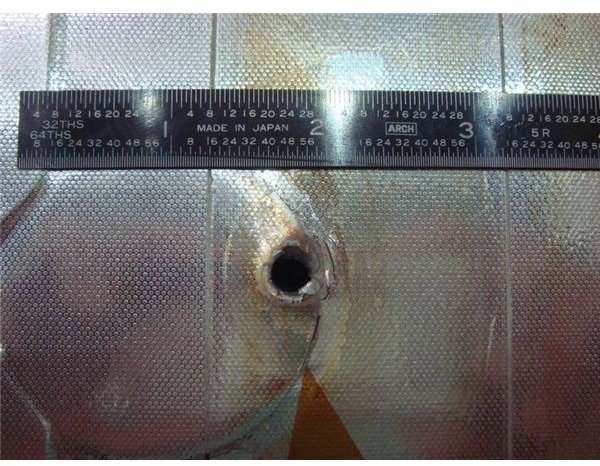
The second of these 3 facts about the International Space Station is in regards to dangers associated with long term missions in space. Due to the low orbital altitude of the station, there is a constant threat from space debris. All types of trash has accumulated around the Earth since the beginning of the space program, from spent rocket stages and satellites to coolant and lost tools. Additional threats come from naturally-occurring micrometeroids. This is a threat to any astronauts performing spacewalks and to the station itself. In order to avoid collisions with these objects, ground crews track incoming debris and the station uses thrusters to move out of the way. If there is a major problem, however, the crew begins evacuation procedures and enters the Soyuz spacecraft.
Astronauts are also exposed to large amounts of radiation caused by cosmic rays. Each day, crewmembers receive the equivalent radiation a person on Earth would get in approximately one year. This has strong negative effects on the human immune system by damaging chromosomes and causing cataracts in the eyes. Unfortunately, radiation shielding is in its infancy and provides little protection. However, NASA has helped develop a number of drugs that offset the problems associated with cosmic ray radiation.
Above left: Space Debris Damage. (Supplied by NASA; Public Domain; https://upload.wikimedia.org/wikipedia/commons/1/11/STS-118_debris_entry.jpg)
Politics And Costs Of The ISS
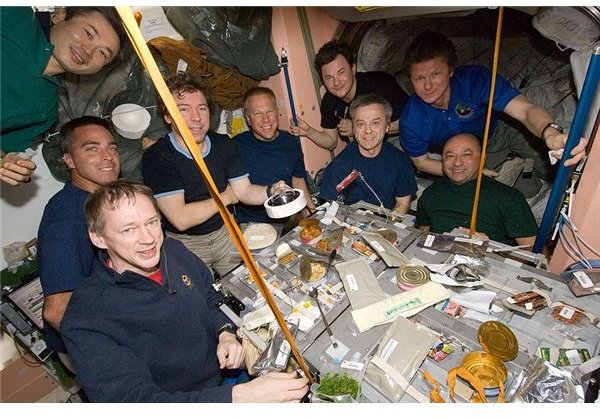
As a joint project between the United States, Russia, Japan, Canada and Europe, there is no real owner of the International Space Station. The station is controlled through a mandate signed in 1998 by the member nations, defining the responsibilities of each member agency during and after construction. Brazil also has a stake in the development of the facility due to its agreement with NASA, meaning certain Brazilian astronauts occasionally get to visit the station.
The Russian Space Agency has a strong interest in the International Space Station and supplied a major portion of the facility, including parts of its previous space station, <em>MIR</em>. This means that Russian crewmembers make up approximately half of the crew at all times. The remaining crew compliment is generally split between the other member nations by specific percentages: 76.6 percent for NASA, 12.8 percent for Japan, 8.3 percent for Europe and 2.3 percent for Canada.
A major contention in the development and implementation of the International Space Station was the cost. Estimates range from $30 billion to $160 billion US Dollars (USD). The problems associated with finding an exact dollar figure is due to exchange rates, the time frame of construction and the fact that Russia utilized previously-built materials, the costs of which cannot be calculated.
Other challenges with the International Space Station are the facts that research is highly limited. Many proposed modules have been canceled over the years, leaving the ISS with limited resources for certain experiments. One of the primary research factors is that of experimentation on humans in long-duration space flights. In addition, NASA contends that the spin-off technology developed by the project outweigh the costs.
The 3 facts about the International Space Station help to give one a snapshot of the project, what its like to live aboard, the dangers associated with the project and the political costs of uniting the major space agencies around the world.
Above left: Crew of Many Nations on ISS; Public Domain; https://upload.wikimedia.org/wikipedia/commons/8/80/Meal_STS127.jpg)
Right: ISS Insignia. (Supplied by NASA; Public Domain; https://upload.wikimedia.org/wikipedia/commons/b/bb/ISS_insignia.svg)
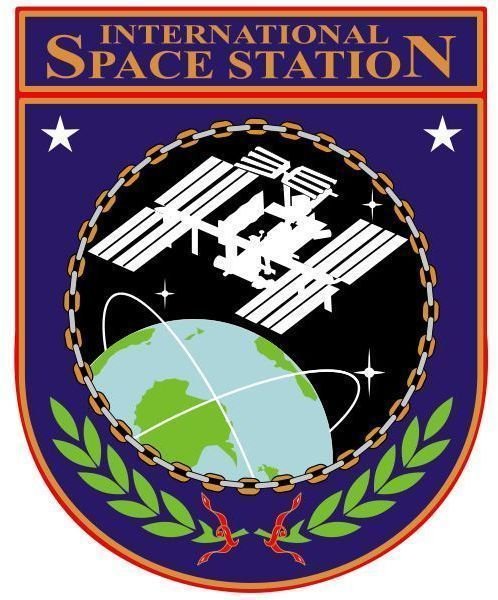
References
ISS Space Sleep: https://spaceflight.nasa.gov/living/spacesleep/index.html
Earth Times: https://www.earthtimes.org/articles/show/284312,orbiting-space-junk-passes-international-space-station.html
NPR: https://www.npr.org/templates/story/story.php?storyId=1190721
This post is part of the series: Facts About the International Space Station
The International Space Station is one of the most expensive projects ever attempted by mankind. While the benefits of its creation can be lost to the public, the facts about the International Space Station show that it has been an important project that has changed mankind.
